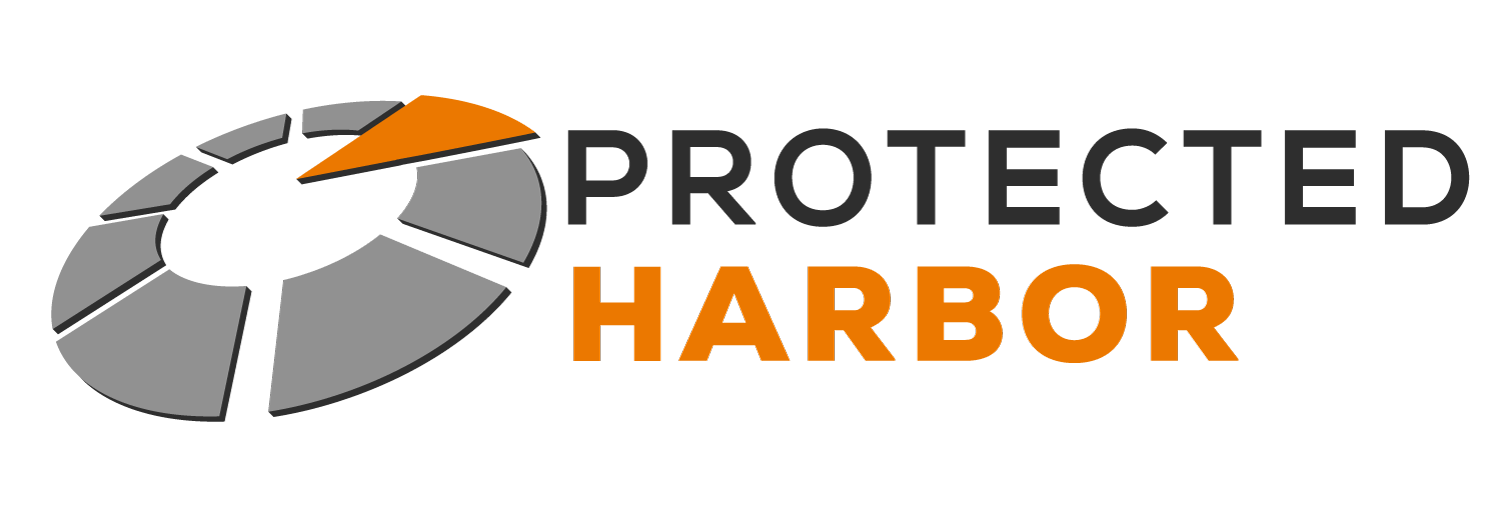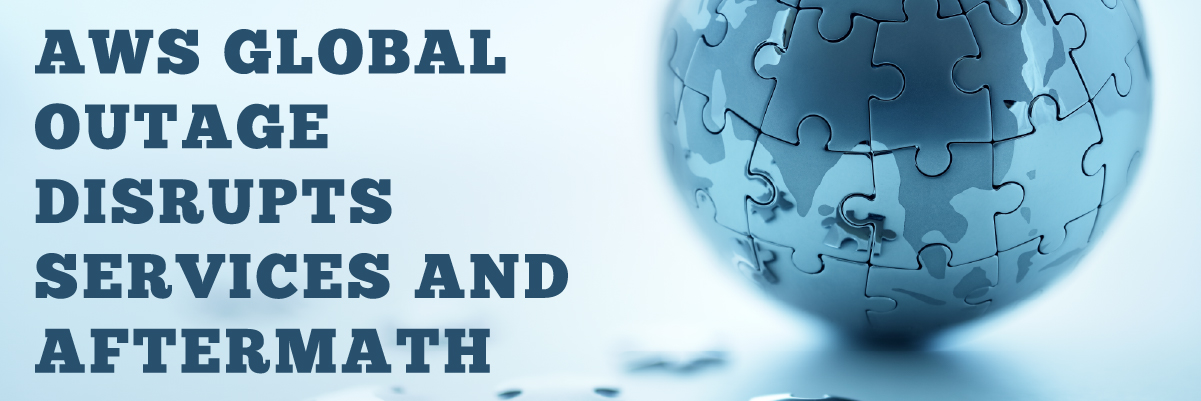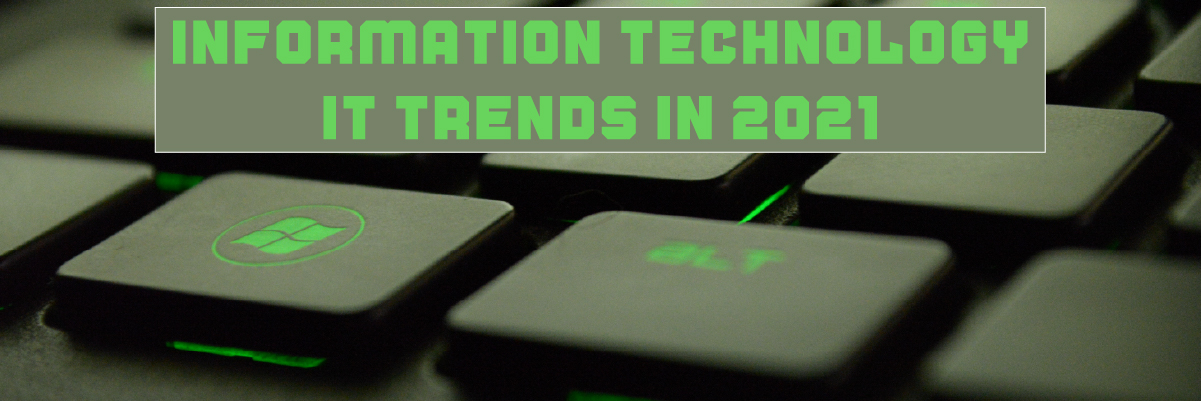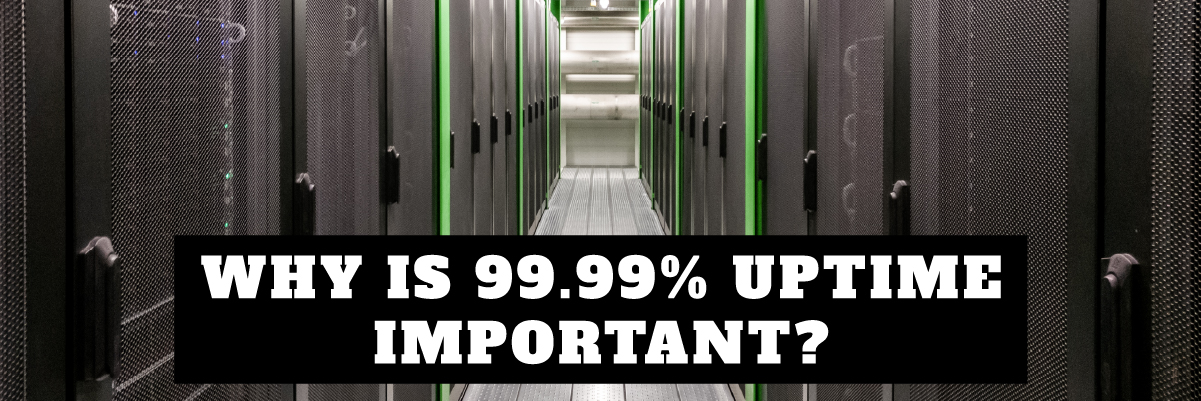IT lessons learned from the Covid-19 outbreak
IT lessons learned from the Covid-19 outbreak
The Covid-19 pandemic transformed the IT industry beyond the thoughts of our economies and societies.
It’s the end of the year 2021, and the world is still recuperating from the effects of the Covid-19 crisis that significantly impacted the technology sector. The Pandemic fluctuated the supply chain technology and came as an unusual shock.
The crisis transformed the lives of people around the globe digitally. We started being more dependent on technology than exposed. Now it’s almost two years, and the technology adoption we have seen is revolutionary.
At the pandemic’s beginning, companies opted for temporary solutions for their work and operations. A few months later, it was transparent businesses would need to find new ways to adapt for the long term. This started a rise in digitizing workplace applications and operations.
A recent pandemic news report by Mckinsey concluded that the Covid-19 pandemic brought about years of technology change and innovation in just a few months. Customer relationships and supply chains have been digitized, and internal operations have been moved to the cloud three to four years early. In the last few years, companies have multiplied their digitally enabled products in their portfolio by sevenfold.
Potential long-term impact on the technology sector
- Forecasts indicate that cloud infrastructure services and specialized software will be in demand. As organizations motivate employees to work from home, the telecom services and communications equipment market is also anticipated.
- IT departments and solution providers will play a more significant role in transforming businesses to digital. The need for reliable, secure, and flexible network systems is evident.
- Demand for cybersecurity software will increase 37% as companies need to secure endpoints, particularly from employees working from home on less-than-ideally secure Wi-Fi. With the increase in report work came a massive increase in attacks. Attacks from home computers connected over VPN are difficult to stop because a VPN is a trusted connection. Still, computers at home, even company computers, are difficult to keep clean from viruses and attacks when there are no corporate firewalls or other layers of protection.
- It’s proven that most employees would continue working from home even after restrictions are lifted. During the pandemic, we saw a productivity improvement. Studies show that during COVID, people worked more hours than they previously did when they worked in the office. The organizations must see this as a long-term impact and invest in creating a digitally sustainable environment. Read more here.
Practical next steps
Organizations across the country and from every industry reported a significant increase in customers’ and employees’ needs and remote working. We also saw a rise in advanced AI technologies in operations and business decision-making. Services such as DaaS, ransomware protection, and data centers are most likely to stay in the long term. After living through the impact of Covid-19 on technology and business, CIOs will be defined by their ability to respond, recover, and thrive.
Here are some practical next steps to make your business pandemic proof
- The rise in remote work and co-working spaces will push the need for Remote Desktops (RDP) so employees can take their desktop images of apps, documents, and folders anywhere. Therefore developing a budget for technology improvement and implementation to prepare your company for the future sounds like a plan.
- With a rise of remote workers comes a drop in in-office workers. Companies will be able to save on office space costs. The reduction in real estate also allows companies to reduce their hardware profile by switching from on-prem to off-prem servers and hosting. Besides saving physical space, off-premise servers are also secured and maintained by the provider.
- Flexibility is the key to innovation and understanding how disruptions can be minimized in future events. Because the shift will have long-term ramifications that no one can foresee, custom networking and server hosting are critical to gain the flexibility your company needs for whatever comes next.
- In the future, we will see a digitally enabled work environment and advanced tools for business processes, including back-end office functions. The Tech boom has advanced all technology integrations such as artificial intelligence and machine learning. Adapt and make use of technology for an edge over the competition.
- One of the most important steps is to make your infrastructure and technology sustainable and focus on mental health during pandemic. Because going digital is a new normal now, we are moving towards a highly technology-driven environment. Businesses have to be agile, which means understanding, changing, and adapting quickly to the environment. Consider a solution provider who spends time understanding your needs and provides customized solutions.
- If you are ready to migrate your data and applications to a protected cloud network and still own your data, you need to look past a traditional MSP and find a Managed IT infrastructure and design partner.
Take the final step
Post Covid-19 business IT priorities have changed. More than half of the business leaders say they invest in digitization and technology for competitive advantage, creating the entire business strategy. The needs of customers and your employees have become more digital, and as an organization, you must ensure the best of the services.
Remote work is no longer a culture of experimentation; it is a culture of necessity. The companies that invested in cloud technologies and figured out how to fit remote work into their processes were rewarded because the small work culture is here to stay long-term.
With businesses moving to virtual and cloud servers, it’s wise to opt for reliable, flexible, and secured data centers. And what’s even more brilliant is to take the help of one of the industry experts. Protected Harbor works with businesses to create personalized solutions. We keep your data on our internal servers with 99.99% uptime and 24×7 monitoring, ensuring you don’t crash and your team stays working. Remote work has left businesses vulnerable to malware and ransomware.
All Protected Harbor solutions employ custom-solution cyber security protocols to protect your business and your data. We made extra investments into air-gapped servers and triple-backed-up images, so your information is always on and always protected. Does your managed IT provider do that?


























